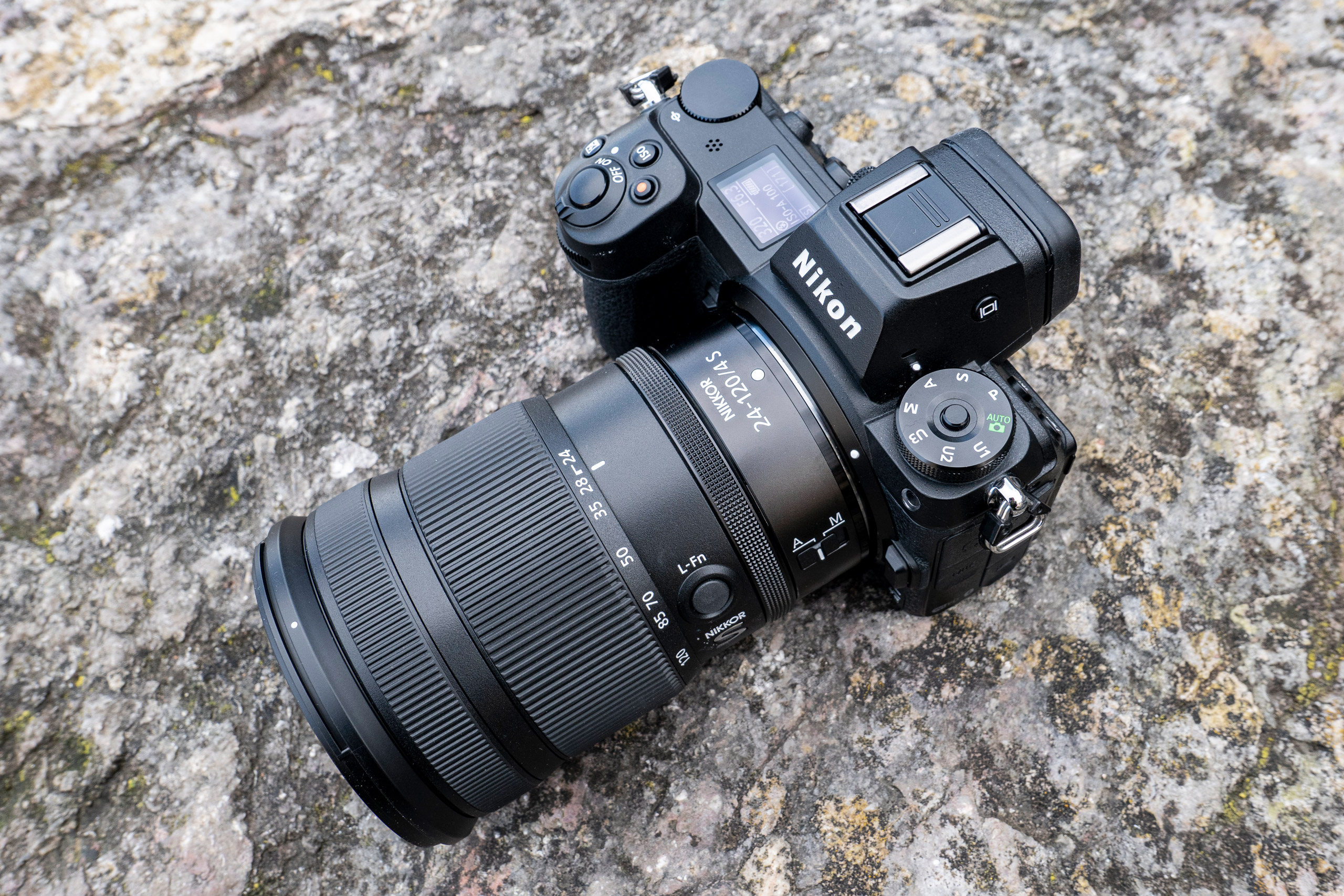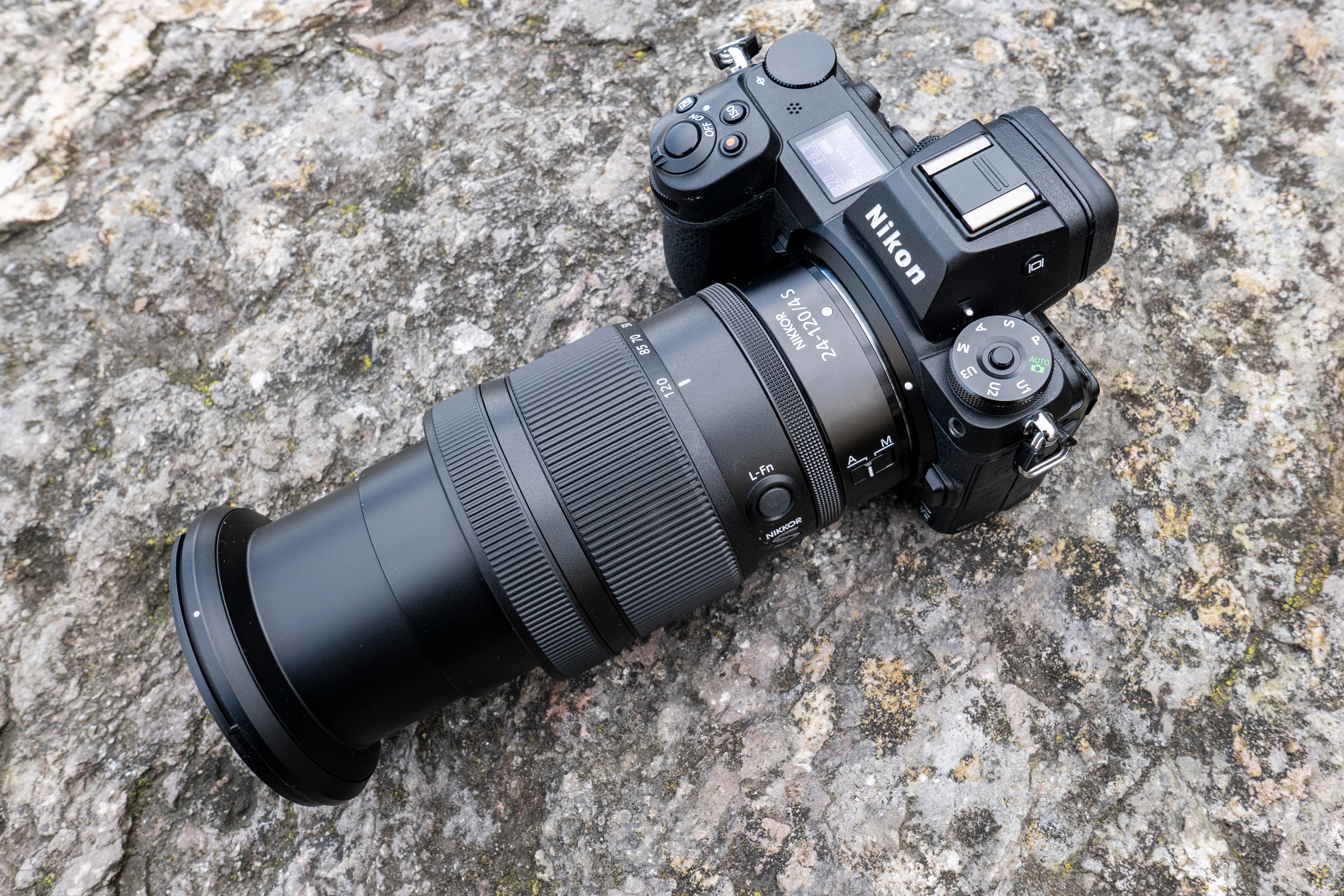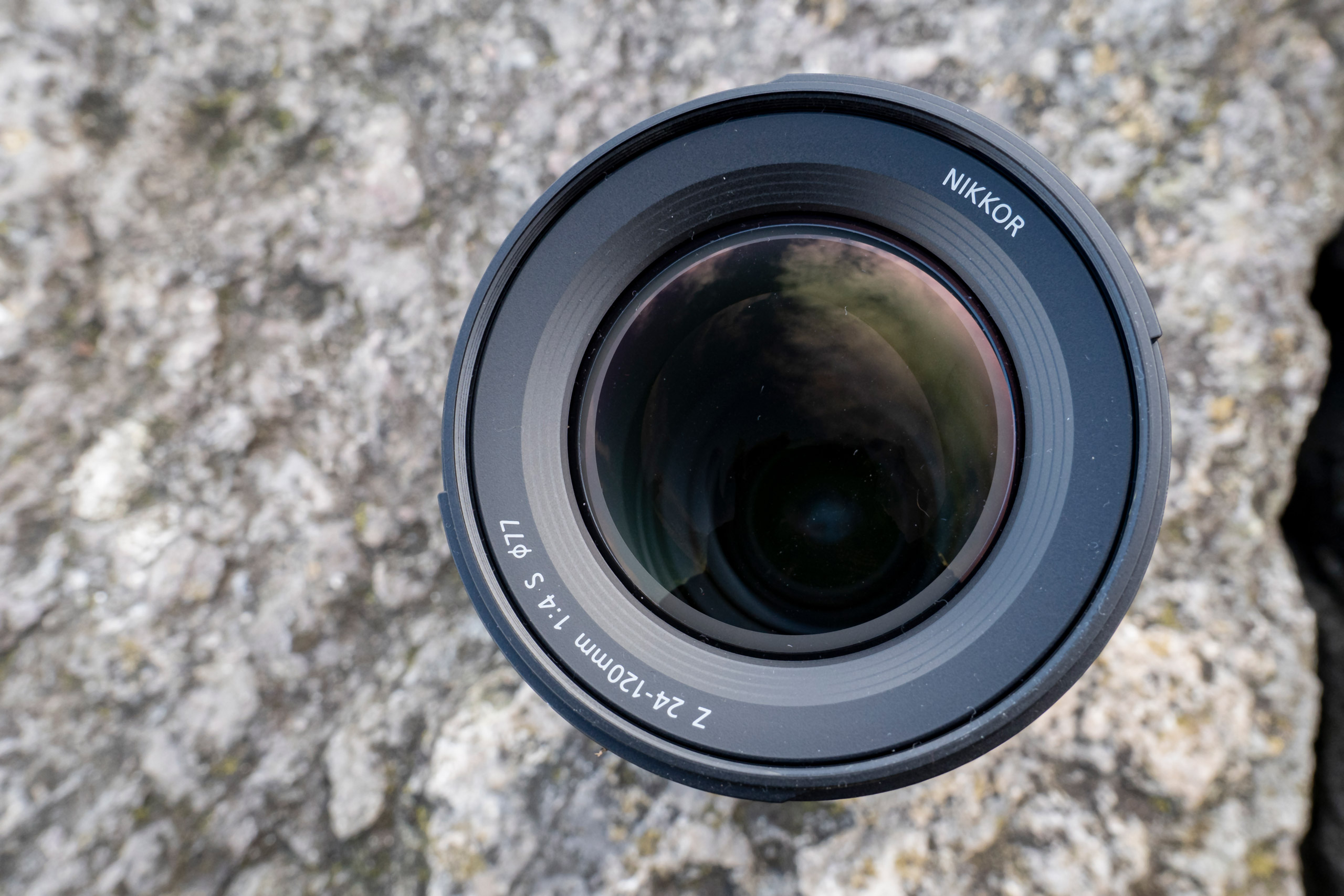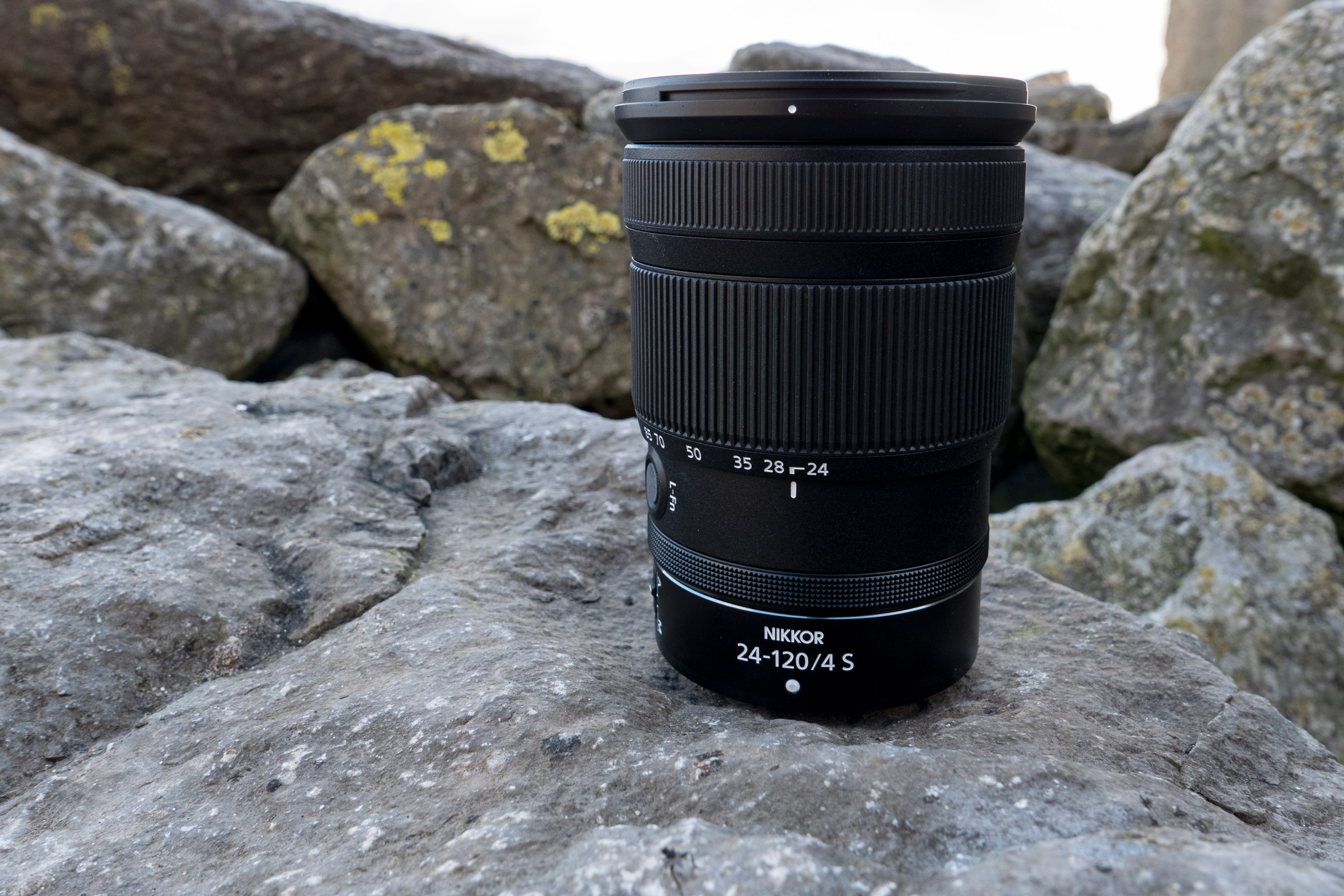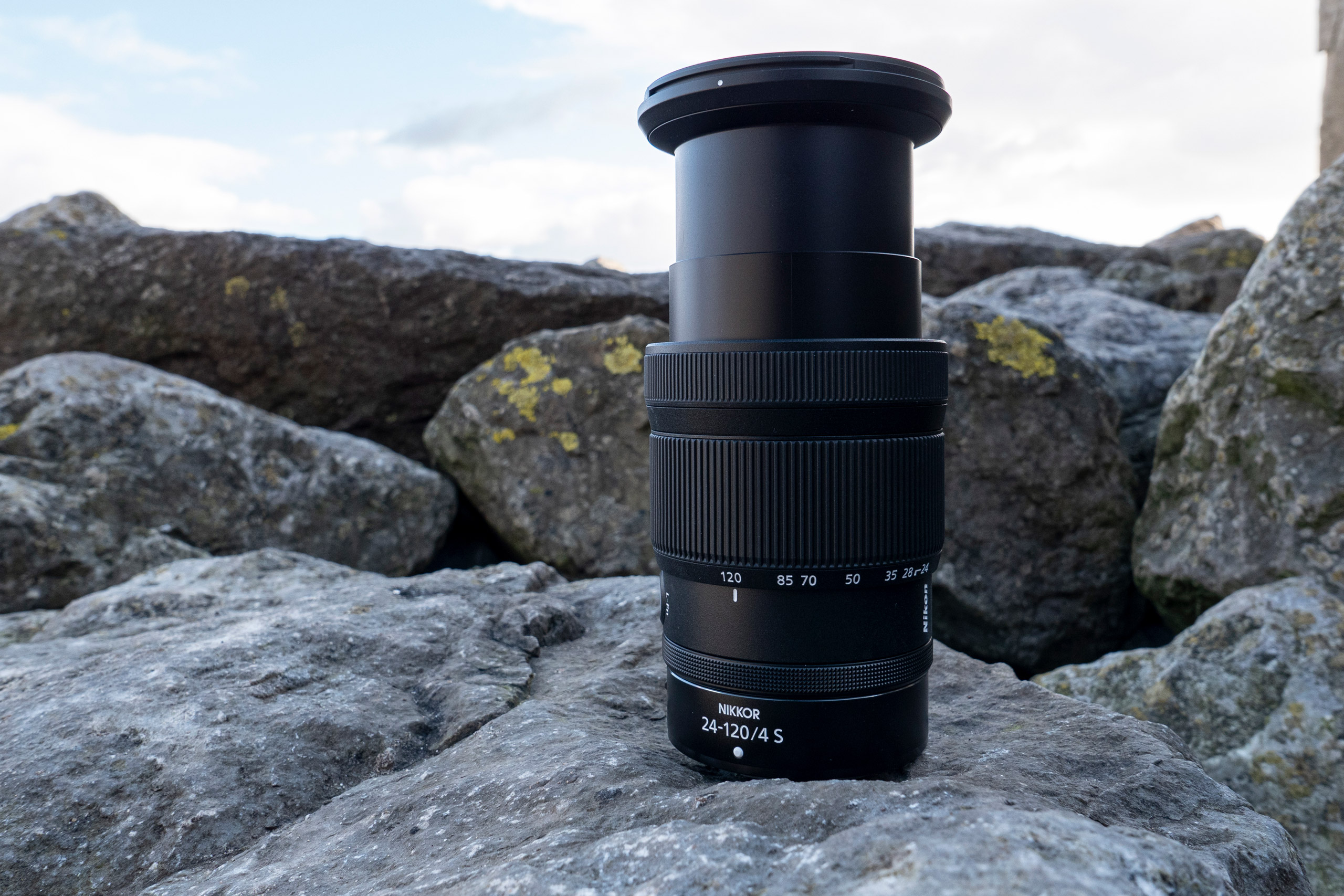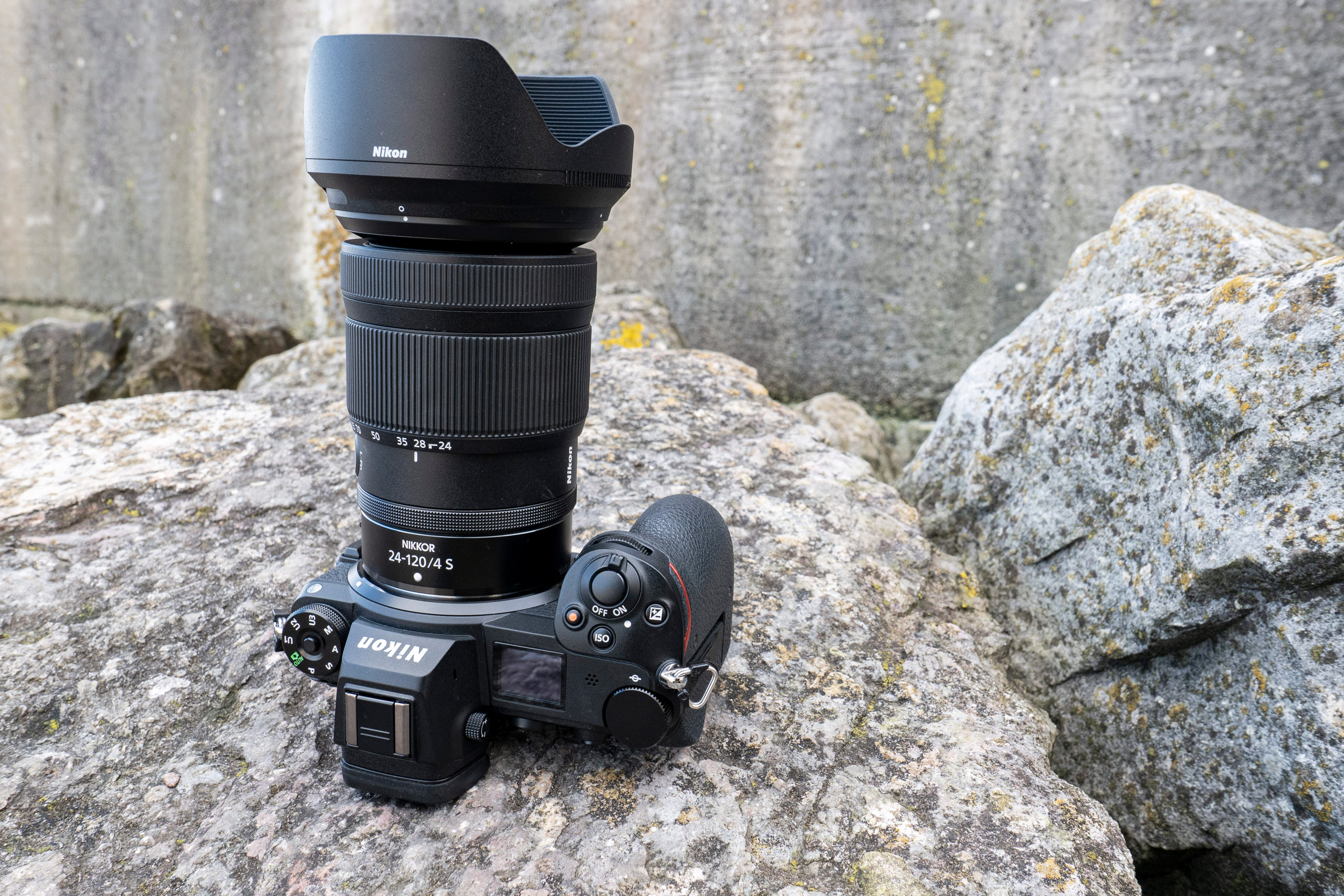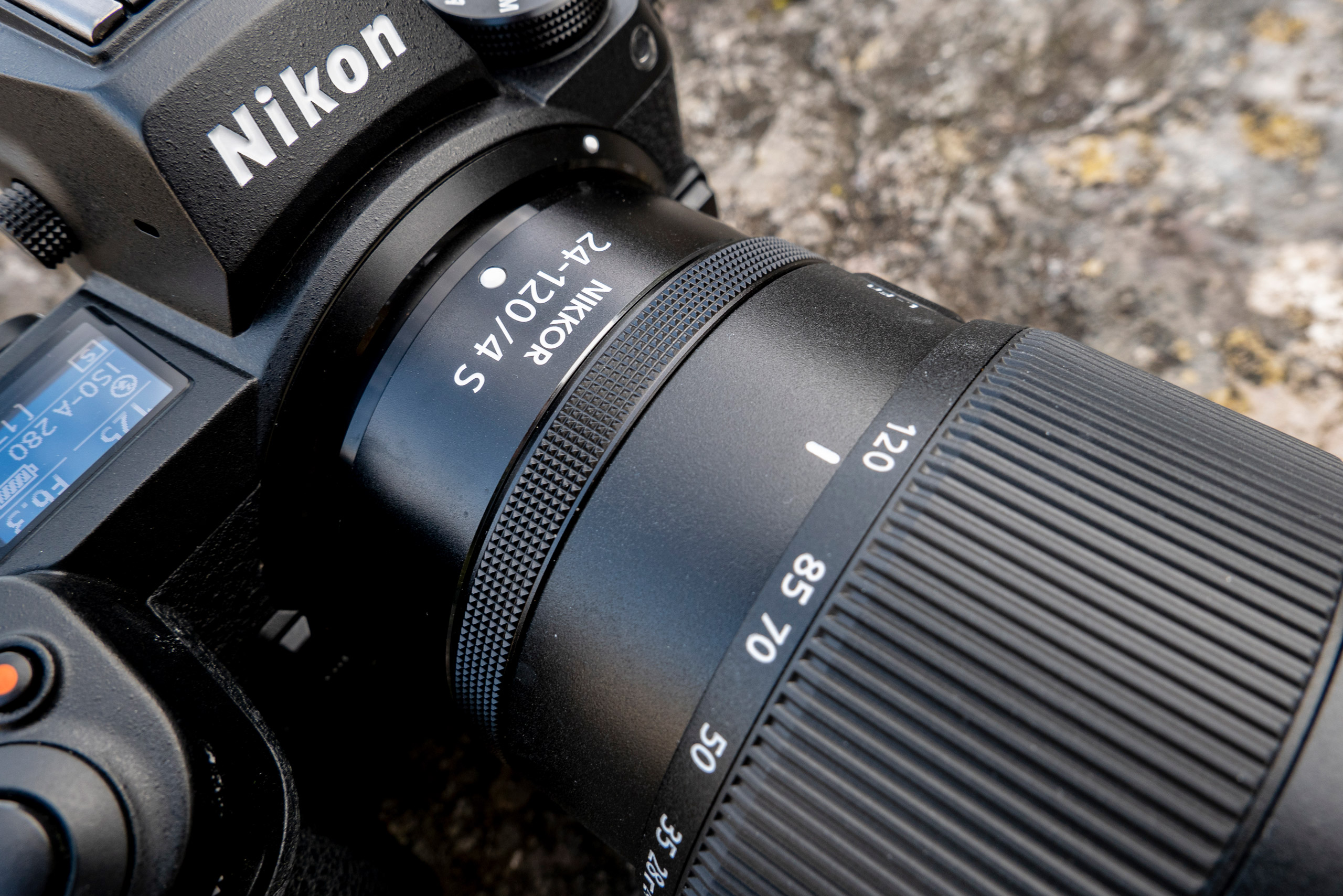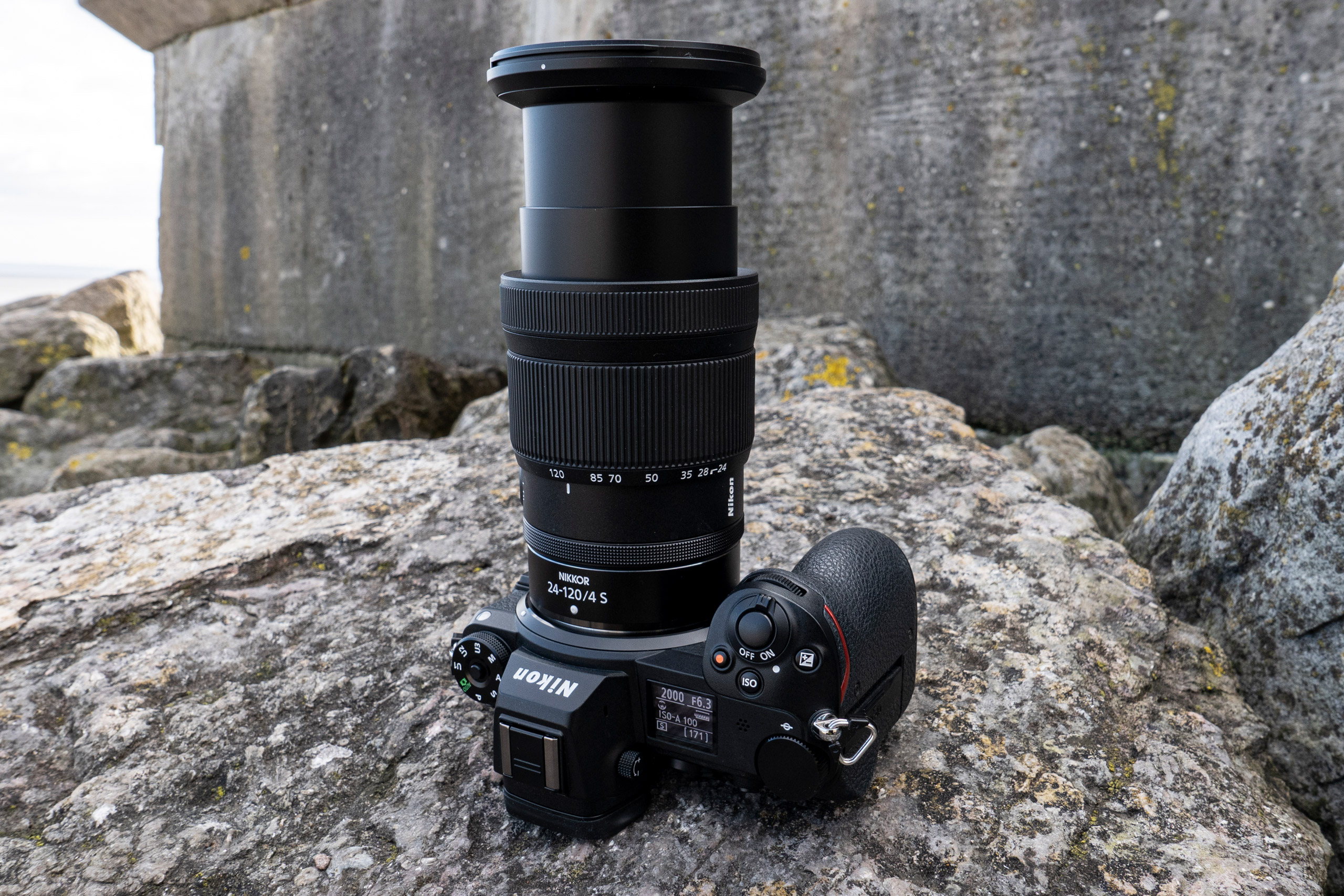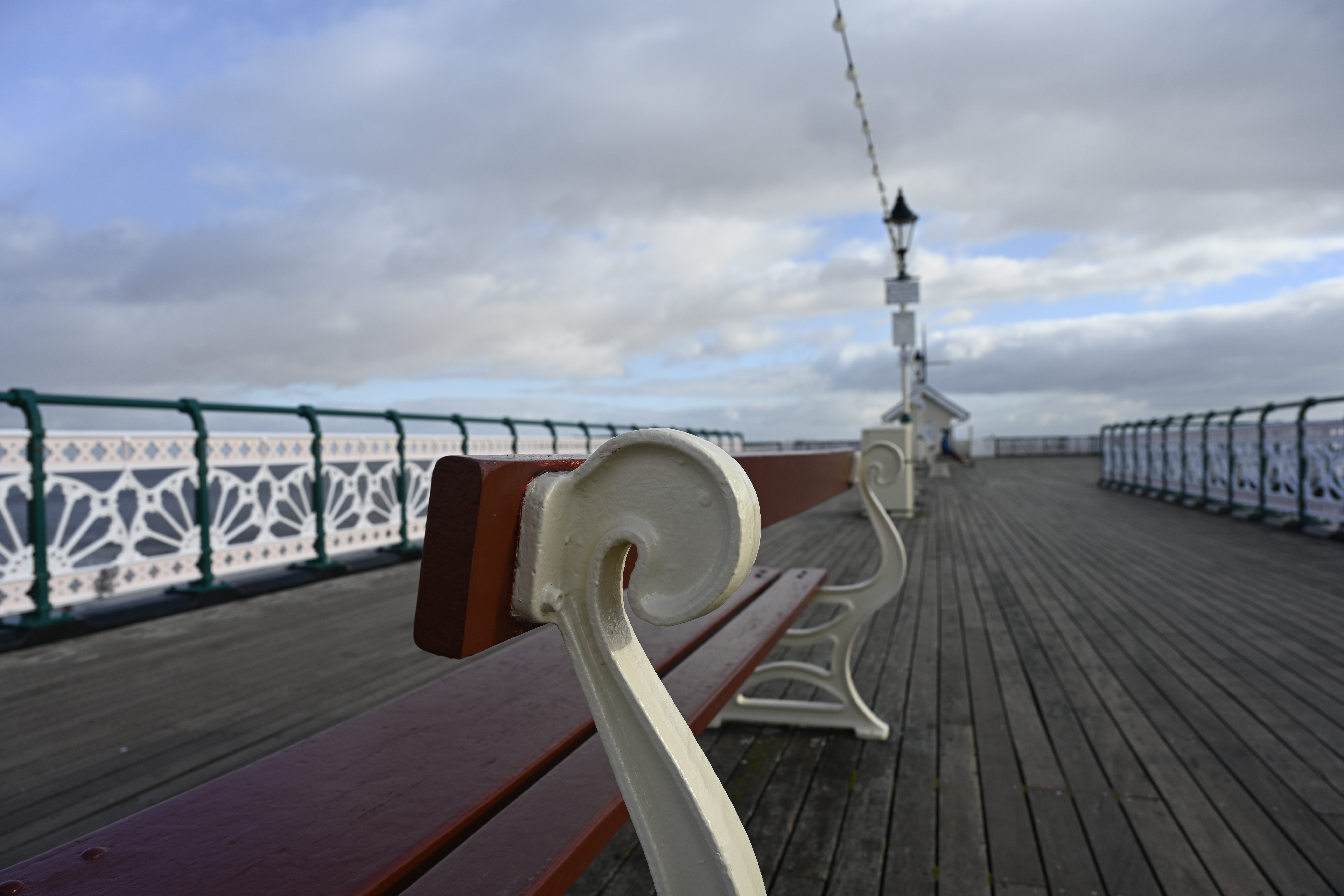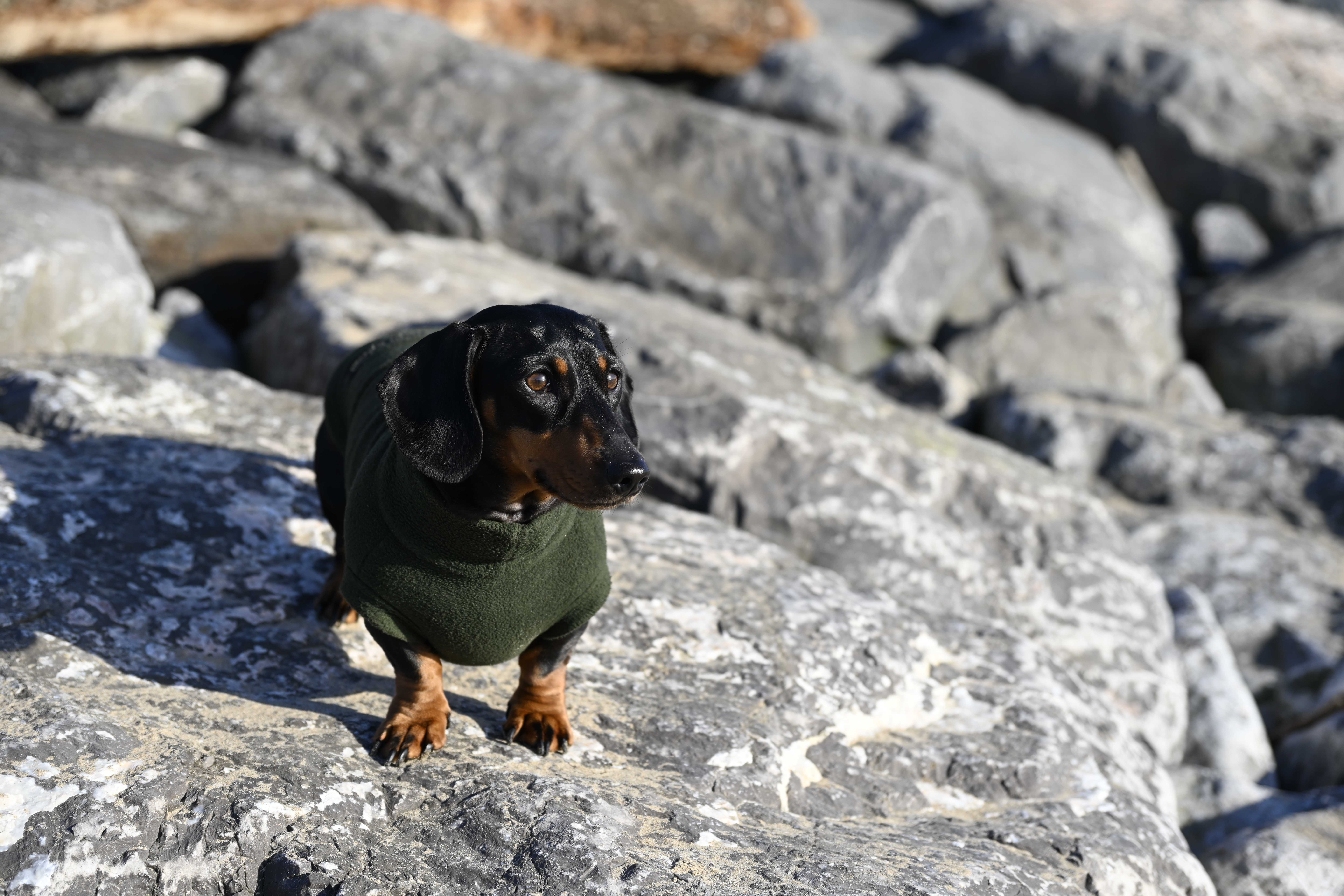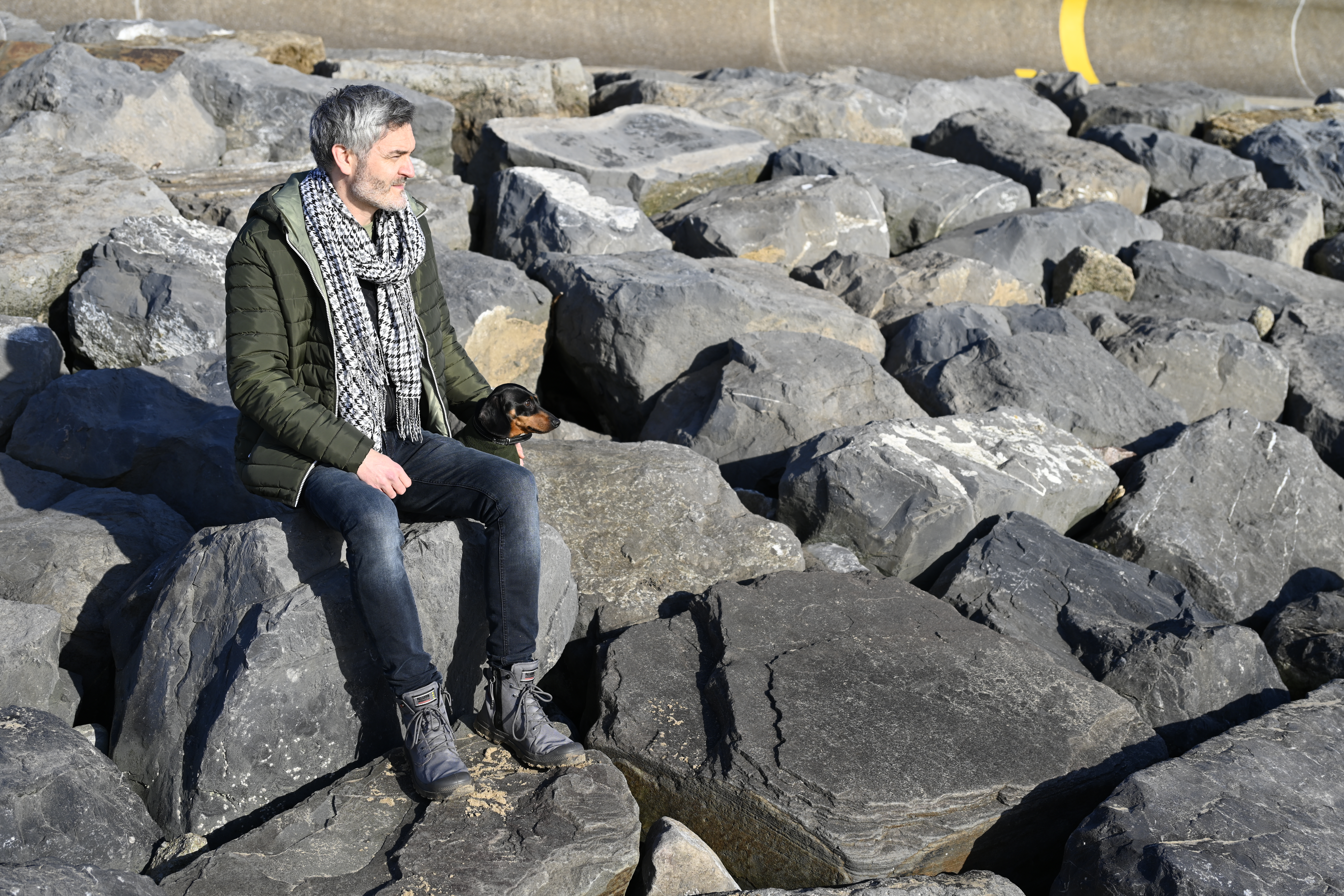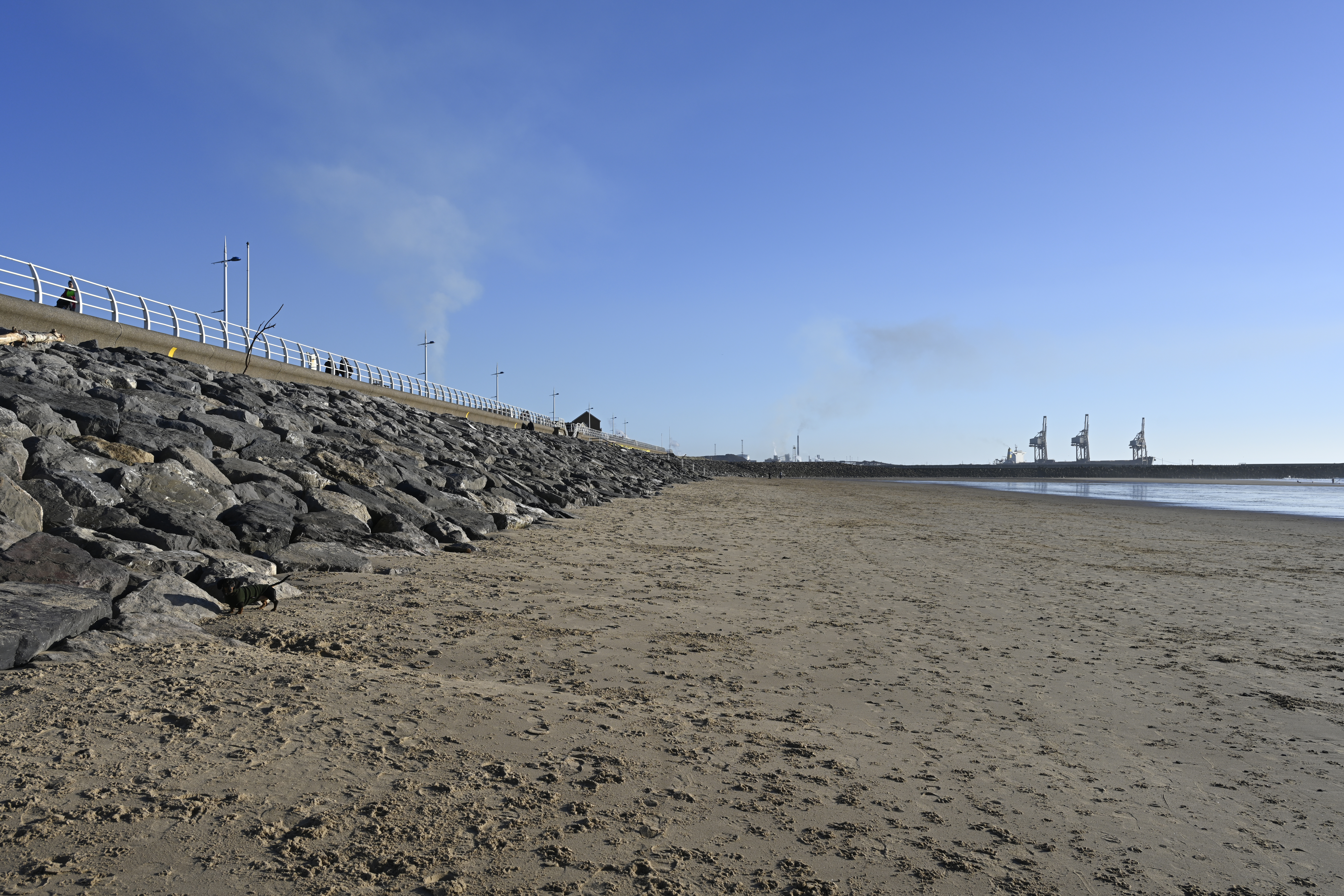Nikon Nikkor Z 24-120mm f/4 S Review – Since the Z series was first launched in 2018, Nikon has been studiously releasing a broad range of directly compatible Z-mount lenses.
One of the key selling points of the Z system – certainly in comparison to its DSLR equivalents – is its relatively small size and weight. This makes it a good choices for travel and everyday use, particularly if you are able to pair the camera with a flexible and versatile lens that will suit multiple subjects.
If you wanted something that matched that description, up until now you’d likely have been drawn towards either the existing Nikkor Z 24-70mm f/4 S lens, or the Nikkor 24-70mm f/2.8 S lens if you had a bigger budget and slightly more room in your kit bag.
However, if you craved a longer focal length, full-frame users had the option of plumping for a telephoto zoom lens such as the Nikkor Z 70-200mm f/2.8 VR lens, which is big, bulky and heavy, or the all-rounder superzoom Nikkor 24-200mm f/4-6.3 VR lens. Although a decent option, the latter isn’t an “S” lens and therefore doesn’t benefit from the same superior construction and sharpness as others in this premium series.
That’s where the Nikkor Z 24-120mm f/4 S lens comes in, offering a good compromise between a broad focal length, a fixed aperture, the promise of superior image quality and a reasonably travel-friendly size and weight. At £1199, it doesn’t cost too much more than the 24-70mm f/4, and about half what you’d pay for the 24-70mm f/2.8
Nikon Nikkor Z 24-120mm f/4 S Features
With 16 elements in 13 groups, the 24-120mm’s lens construction includes three ED (Extra-low Dispersion) elements, one aspherical ED element and three aspherical elements. ED elements help correct chromatic aberrations, while the aspherical elements are for correcting distortions as well as keeping the overall size and weight of the lens reasonably low.
Nikon has also employed Nano Crystal and ARNEO coatings which are designed to combat ghosting and flare, even when shooting with direct light sources in the scene. A fluorine coating on the front element repels dirt and is designed to easily wipe clean. It’s also helpful to note that the lens is described as “weather-resistant”, but we’d suggest avoiding using it in very heavy downpours as Nikon doesn’t guarantee drip and dust resistant in all situations.
To create the aperture, there are nine diaphragm blades, and as already mentioned, this lens benefits from a constant f/4 maximum aperture throughout the focal range.
Designed to focus quickly and quietly, there are two AF drive units on board. The focusing is also internal, meaning the front element doesn’t rotate during focusing – helpful if you want to use the lens with a graduated or polarising filter. Speaking of which, the 24-120mm has a filter thread size of 77mm, which is the same size as a couple of other lenses in the Z range, including the Nikkor Z 100-400mm f/4.5-5.6 VR S and the Nikkor Z 70-200mm f/2.8 VR S. It’s also the same size as several F-mount DSLR lenses.
The closest focusing distance is 0.35mm, which is maintained throughout all zoom positions. This should make it reasonably well-suited to some close-up work, though with a maximum magnification reproduction ratio of 0.39x it can’t be considered a macro lens.
Unlike the 24-200mm lens mentioned earlier, there’s no VR (vibration reduction) on board the 24-120mm. This shouldn’t be too much of a deal-breaker in most cases, considering that the full-frame Nikon Z cameras which it’s designed to be used with include image stabilisation in-body. But it does men the lens won’t be a great match to the APS-C Z 50 and Z fc cameras, which lack in-body stabilisation.
Although not offering as long a maximum focal length as the 24-200mm lens, you could opt to shoot in the DX format and effectively boost the 120mm lens to a very close 180mm, so long as you don’t mind losing some resolution.
Nikon Nikkor Z 24-120mm f/4 S Build and Handling
The 24-120mm uses a mostly plastic construction, which helps to keep the weight down for travel. A metal mount gives a good impression of quality, however.
In keeping with other similar S-series lenses, such as the 24-70mm f/4, the outward lens design is relatively straightforward. You’ll find a switch for moving between autofocus and manual focus, while a round L-Fn button on the lens barrel can be customised to control a number of different settings.
There are three lens rings on the 24-120mm. The narrowest, found towards the mount end of the lens is customisable to control a limited number of settings – such as aperture, exposure compensation or ISO. You can also set it to do nothing at all, which is a good option if you find you’re prone to making accidental unwanted changes with it.
In the middle of the lens is the largest ring, which is used to control zoom, which is marked in focal lengths of 24, 28, 35, 50, 70, 85 and 120mm to allow for quick zoom adjustments by sight only. The final ring is the manual focusing ring, which is about half the width of the zoom ring. Both are ridged for good grip, but the difference in size makes it easy to quickly tell which is which when shooting through the viewfinder. The focusing ring doesn’t have hard stops at either end, but it’s useful to note that turning it will cause a distance scale to appear on the camera’s screen or in the viewfinder to guide the direction of movement. You can also use functions such as magnified view or focus peaking to ensure manual focusing is as accurate as possible.
At 118mm in length (longer when the zoom is extended) and 84mm in diameter, the 24-120mm lens is notably bigger than the 24-70mm f/4. It is in fact more similar in size to the 24-70mm f/2.8 lens, but is 175g lighter at 630g and of course offers a good amount of extra reach. Considering this versatility, it’s a travel-friendly size, particularly if you only intend to take a limited number of lenses with you (or indeed, just this one alone). It also balances well with the Nikon Z 5, Z 6 or Z 7 full-frame bodies. It might be a little overbalanced on Nikon’s small APS-C bodies, but owners of those cameras are better served by specific DX lenses.
A lens hood is included in the box, which can be reversed when not in use for keeping size down when transporting the lens.
Autofocus
It stands a good chance that the majority of photographers will use this lens with autofocus in most situations.
I tested the 24-120mm mounted to a Nikon Z 7II and found that it focused quickly and quietly in the majority of instances. You can just about hear a low-level noise when shooting in Continuous AF for stills in very quiet situations, but in video when using AF-F (full time AF), focusing is silent, which is pleasing.
The lens hunts a little more in very low light situations, but I never saw a false confirmation of focus. In most situations I found that the lens coped very well with a range of subjects, ranging from larger, easy to focus on subjects to finer details such as petals and small leaves.
Nikon Nikkor Z 24-120mm f/4 S Image Quality
Being part of Nikon’s pro-level S series line, there are certain expectations attached to the 24-120mm, namely that we should expect sharpness. Happily, it performs well in this aspect throughout the focal length range, as well as across the frame. Naturally there is some softness to be seen when shooting at f/22 (the minimum available aperture), but no more so than we’d expect.
Overall, the images produced by this lens are very pleasant, and it is a good choice for a wide variety of subjects including landscapes, portraits and even close-up work. Out of focus areas are rendered with attractively smooth bokeh, with the f/4 maximum aperture giving just enough scope to create shallow depth of field effects in a number of situations.
Although benefiting from coatings and a lens hood being supplied in the box, lens flare can still be seen if you’re shooting directly into strong light sources (such as the late afternoon sun), but otherwise, it’s kept to a minimum.
Nikon applies a profile to both raw and JPEG files to automatically correct problems with chromatic aberration, distortion and vignetting, which on the whole works well. Chromatic aberration doesn’t seem to be particularly problematic in most scenarios, with just some slight instances to be seen in very high contrast situations when examining an image at 100%.
We wouldn’t necessarily expect a huge amount of distortion from a lens like this, but at the widest angles you may notice some slight distortion if you’re photographing something with lots of straight lines and you are being particularly critical. Vignetting isn’t a big problem, but it can be seen when shooting at f/4 in some circumstances – in every day or fairly busy scenes, the effect isn’t particularly noticeable or objectionable.
Nikon Nikkor Z 24-120mm f/4 S Verdict
With full-frame cameras such as the Z series being suitable for travel and every day usage in a way we might once have only dreamed of, having a flexible, versatile and easy-to-transport lens will be extremely important to some photographers.
Offering a 24-120mm focal length gives the average photographer good scope to capture a wide range of different subjects that they might come across on the average trip, from landscapes to portraits and even arguably just about for some types of wildlife (especially if used in conjunction with DX-crop mode).
Previously, “all-rounder” options for the Z mount included either the 24-70mm f/4 lens, which doesn’t give you much in the way of telephoto shooting, or the 24-200mm, which not being an S series lens delivers lower quality results (albeit still good). Alternatively, you might have thought about the 24-70mm f/2.8, which although excellent, is expensive.
As a result, the 24-120mm makes for an ideal “compromise” lens, delivering very pleasing results in a number of different situations, and is available at a reasonably affordable price. If you’re intending to travel and want to do so as lightly as possible, this could be a considered a great choice as an only lens or as part of a limited set up – a large aperture prime would complement it well for most trips.



